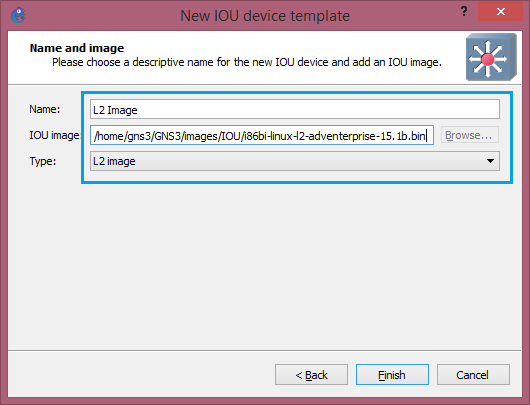
Instead, end-customer LISP functionality is deployed exclusively on customer endpoint routers, which perform both the egress tunnel router (ETR) and ingress tunnel router (ITR) functions of a LISP device (abbreviated as xTR in the figure). Cisco IOS XE LISP Deployment EnvironmentĪs illustrated in the figure, the LISP EID namespace represents customer end sites in the same way that end sites are defined in non-LISP environments with one difference: The IP addresses used within these LISP sites are not advertised within the non-LISP Internet (RLOC namespace). The figure below displays a general overview illustration of aĬisco IOS XE LISP deployment environment, including the three essential environments that exist in a LISP environment: LISP sites (EID namespace), non-LISP sites (RLOC namespace), and LISP mapping service (infrastructure).įigure 1. LISP offers an alternative to traditional Internet architecture by introducing two separate IP addresses: one to indicate routing locators (RLOCs) for routing traffic through the global Internet and a second address for endpoint identifiers (EIDs) used to identify network sessions between devices. Locator ID Separation Protocol (LISP) provides improved routing scalability and facilitates flexible address assignment for multi-homing, provider independence, mobility, and virtualization. A basic observation during early network research and development work was that the single IP address, which includes both identity and location, leads to suboptimal route scaling and hinders multihoming and device mobility.


Among the most fundamental of these challenges is ensuring that the routing and addressing system continues to function efficiently even as the number of connected devices continues to increase. The continuous growth of the Internet presents a number of challenges. Services that are required to complete the deployment. Hardware, software, and additional support from LISP mapping services and proxy Necessary functionality of LISP devices, which, in turn, determines the Type of LISP deployment you intend to deploy. To access Cisco Feature Navigator, go toĬonfigure Locator/ID Separation Protocol (LISP), you will need to determine the
#Cisco iou netmap id software
Navigator to find information about platform support and Cisco software image Which each feature is supported, see the feature information table. The features documented in this module, and to see a list of the releases in Release notes for your platform and software release. May not support all the features documented in this module. (PETR), proxy ITR (PITR), map resolver (MR), map server (MS), and LISPĪlternative logical topology (ALT) device. Requires LISP-specific configuration of one or more LISP-related devices, suchĪs the LISP egress tunnel router (ETR), ingress tunnel router (ITR), proxy ETR Improved routing system scalability, and improved multihoming efficiency and Splitting EID and RLOC functions yields several advantages including (RLOCs)-assigned to devices (primarily routers) that make up the global routing

Identifiers (EIDs)-assigned to end hosts. Of two namespaces instead of a single IP address: Protocol (LISP) is a network architecture and protocol that implements the use Protocol (LISP) Overview Locator ID Separation


 0 kommentar(er)
0 kommentar(er)
